DC Output Quality
For those of you that are curious as to some of the reasoning and equipment behind our PSU testing program here at TheFPSReview, we have put together an introduction for you that shares a lot of the behind-the-scenes of the program. This program is based on what the author developed at [H]ardOCP and utilizes the equipment bequeathed to the author by Kyle Bennett. The testing we are conducting today is exactly as described in that document and will continue with our examination of the DC Output Quality.
Control Test Graphing
This image is the blank background control test on an unused connector from our SM-8800 during the testing of the GIGABYTE P650B. This lets us determine what the background noise looks like during testing.
120v Input

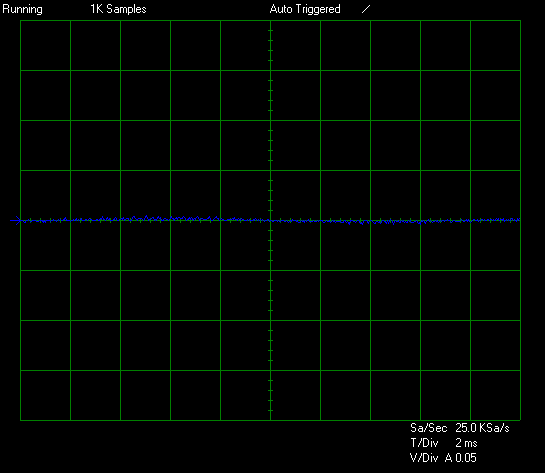
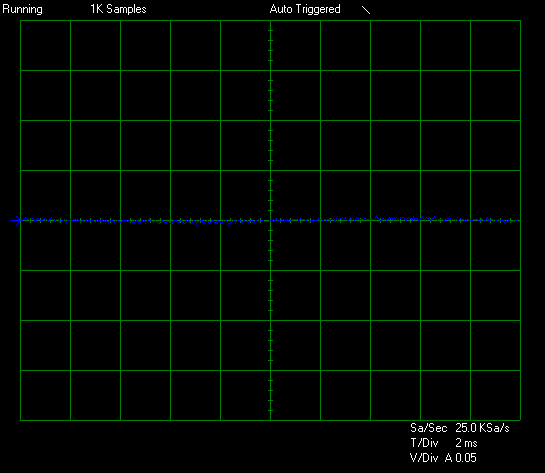
100v Input
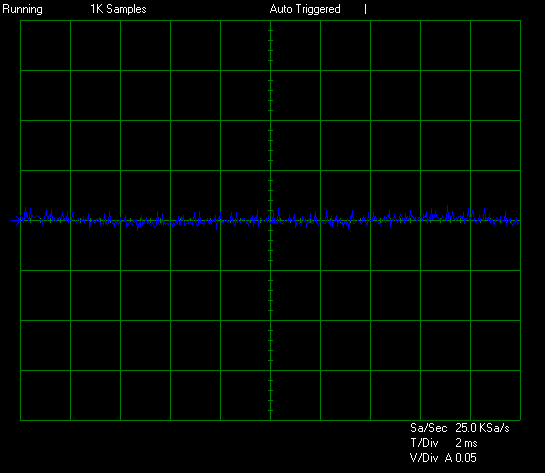

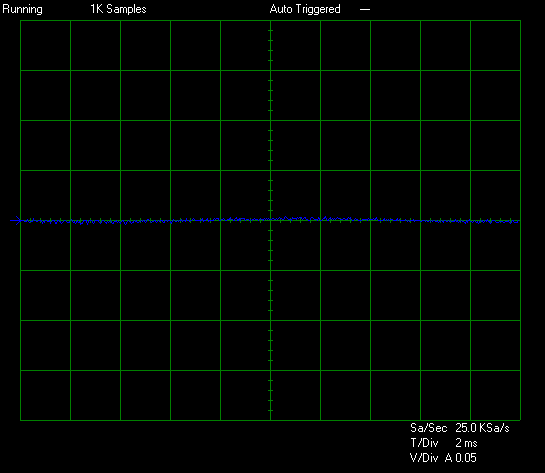
Test #1 is equal to approximately 25% of the rated capacity of the GIGABYTE P650B at 45c. This makes Test #1 equal to 173W by loading the 12v rail to 12a, the 5v rail to 2a, the 3.3v rail to 1a, the +5vsb to 2a, and the -12v to 0.3a. The P650B is starting off in a mixed shape. The 12v rail is peaking at ~25mV of ripple/noise and the minor rails are peaking at less than ~10mV of ripple/noise.
120v Input
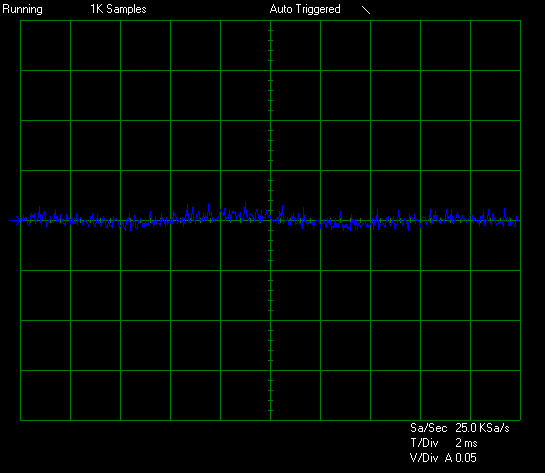

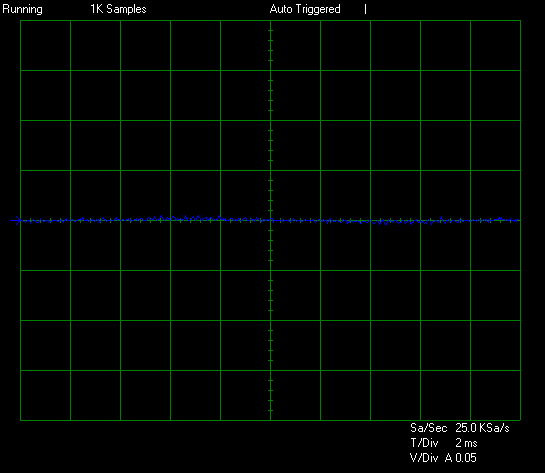
100v Input


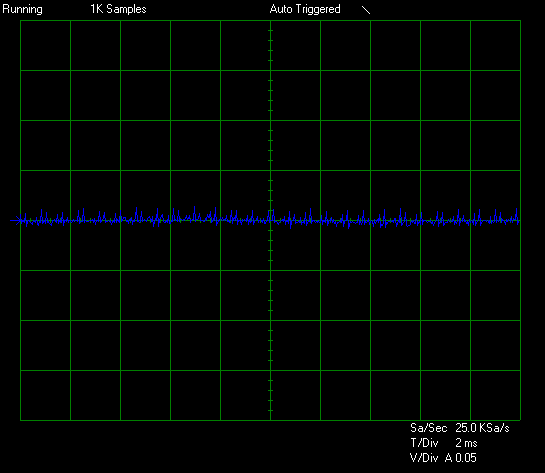
Test #2 is equal to approximately 50% of the rated capacity of the GIGABYTE P650B at 45c. This makes Test #2 equal to 326W by loading the 12v rail to 24a, the 5v rail to 3a, the 3.3v rail to 2a, the +5vsb to 2a, and the -12v to 0.3a. Test #2 sees only minor changes as the 12v rail is coming in at ~35mV of ripple/noise, the 5v rail is hitting ~30mV of ripple/noise, and 3.3v rails are coming in at ~25mV of ripple/noise.
120v Input

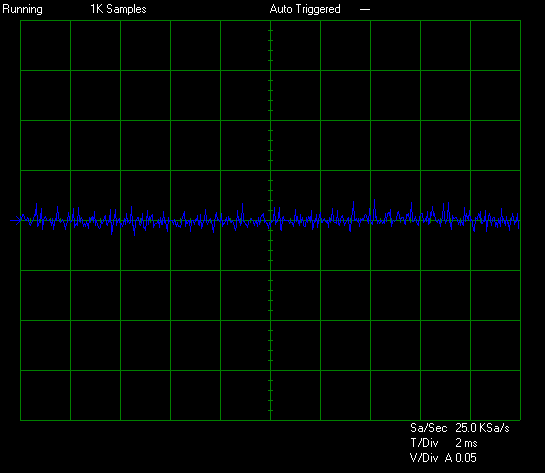
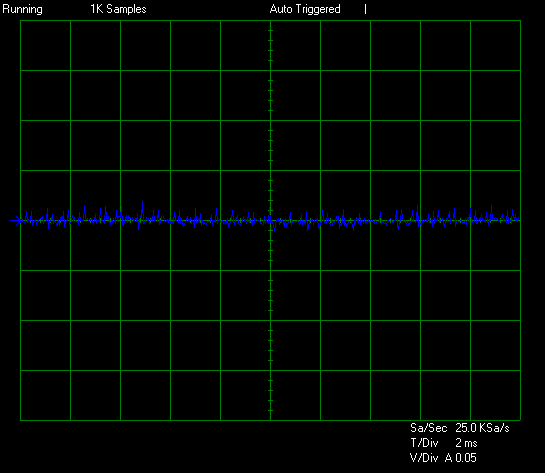
100v Input

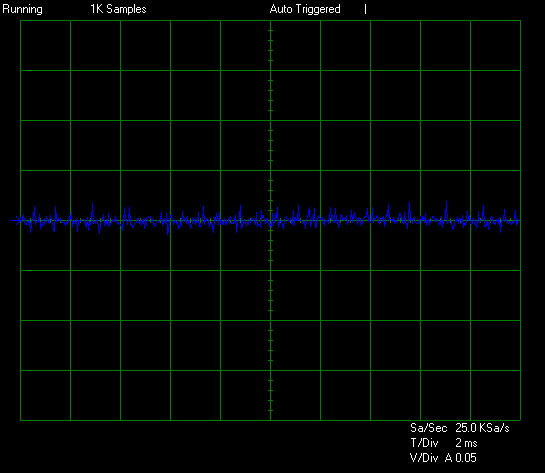
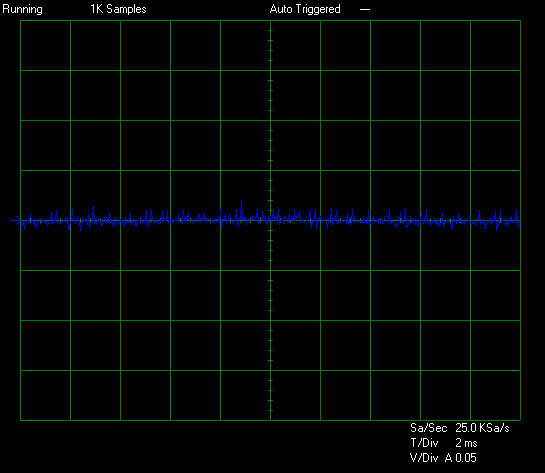
Test #3 is equal to approximately 75% of the rated capacity of GIGABYTE P650B at 45c. This makes Test #3 equal to 486W by loading the 12v rail to 36a, the 5v rail to 5a, the 3.3v rail to 4a, the +5vsb to 2a, and the -12v to 0.3a. Test #3 sees the 12v rail peaking at ~45mV of ripple/noise, the 5v peaking at ~40mV of ripple noise, and the 3.3v rail is coming in at ~35mV of ripple/noise.
120v Input
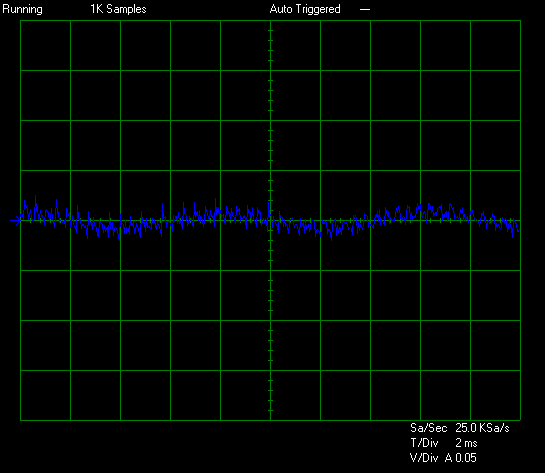

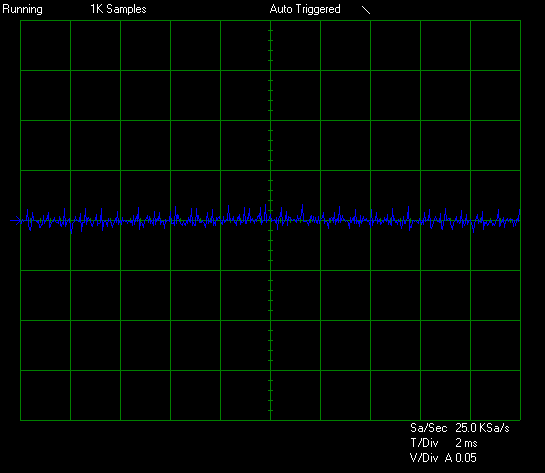
100v Input



Test #4 is equal to approximately 100% of the rated capacity of the GIGABYTE P650B at 45c. This makes Test #4 equal to 650W by loading the 12v rail to 50a, the 5v rail to 5a, the 3.3v rail to 3a, the +5vsb to 2a, and the -12v to 0.3a. In the final regular test, we see the 12v rail peaking at ~50mV of ripple/noise, the 5v rail peaking at ~40mV of ripple/noise and the 3.3v rail is peaking at ~35mV of ripple/noise.
Torture Test
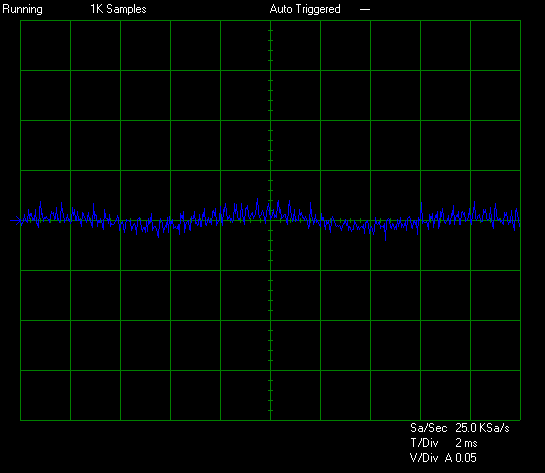
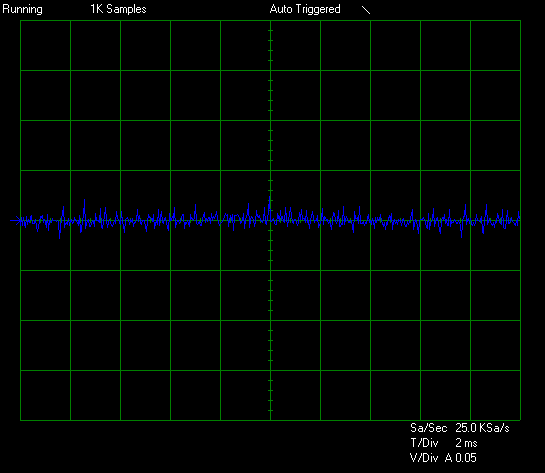
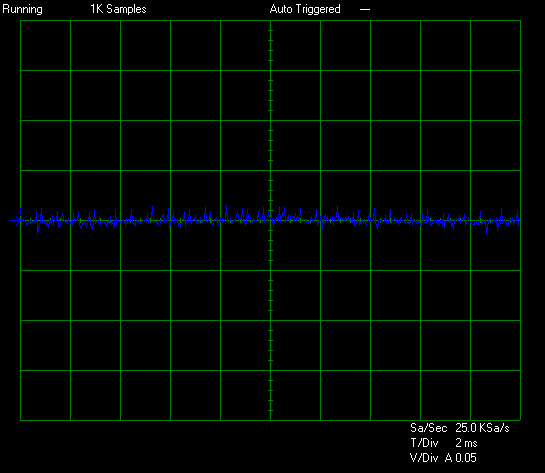
The Torture Test is equal to approximately 80% of the rated capacity of the GIGABYTE P650B at 45C. This makes the Torture Test equal to 519W by loading the 12v rail to 38a, the 5v rail to 7a, the 3.3v rail to 5a, the +5vsb to 2a, and the -12v to 0.3a. At the end of the Torture Test, we see the 12v and 5v rails are peaking at ~40mV of ripple/noise while the 3.3v rail is peaking at ~25mV of ripple/noise.
DC Output Quality Summary
The overall DC Output Quality of the GIGABYTE P650B is in the specification, barely and that is about all the good we can say about it. The P650B ended up posting a peak trace amplitude on the 12v rail of ~50mV followed by ~40mV on the 5v rail and ~35mV on the 3.3v rail during our normal tests. None of these values are good in an absolute sense and relative to the ATX12v specification limits the 12v rail was hitting 80% (just 10mV away from the limit). These poor results mean that this unit is not even close to the Seasonic FOCUS GM-650 which is the only other 650W unit we have seen to date. Let’s move on now and see how all of this wraps up!

